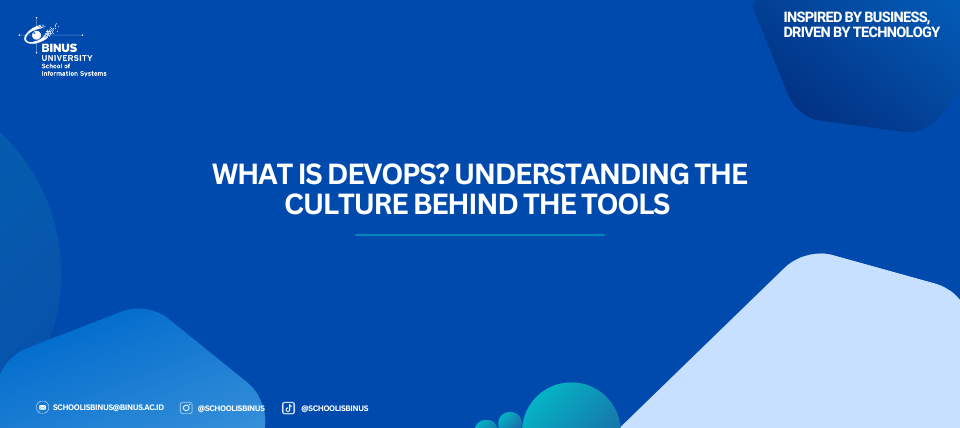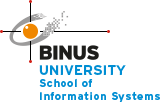What is DevOps? Understanding the Culture Behind the Tools

In today’s fast-paced digital world, companies must deliver software faster, more reliably, and at scale. To meet this challenge, many organizations have turned to DevOps—a term that goes beyond just tools or automation. At its core, DevOps is a cultural shift that bridges the gap between development and operations teams to achieve continuous delivery and high-quality software.
This article explores what DevOps truly means, its cultural foundations, and why it’s more than just a toolset.
Defining DevOps
DevOps is a combination of the words “Development” and “Operations.” It represents a set of practices, principles, and cultural philosophies that aim to:
- Increase collaboration between developers and IT operations
- Automate and streamline the software delivery process
- Improve deployment frequency, code quality, and recovery speed
Rather than being a specific tool or job title, DevOps is an approach to building and running software systems more efficiently.
evOps is a Culture First, Tools Second
While many associate DevOps with popular tools like Docker, Jenkins, Kubernetes, or Terraform, these tools are just enablers. The real essence of DevOps is culture—how teams work together, how they handle change, and how they share responsibility.
Key cultural values of DevOps include:
Collaboration & Shared Responsibility
Developers and operations teams work together throughout the entire software lifecycle—from planning to deployment and maintenance.
Transparency
Breaking down silos between departments ensures everyone has visibility into workflows, changes, and incidents.
Continuous Improvement
Teams adopt agile and lean principles to iterate, test, and deploy software more frequently and reliably.
Automation as a Mindset
Repetitive tasks such as testing, deployment, and monitoring are automated to reduce manual errors and free up time for innovation.
ey Practices in DevOps Culture
Here are the foundational practices that support a DevOps culture:
- Continuous Integration (CI)
Developers merge code changes frequently into a shared repository with automated testing. - Continuous Delivery (CD)
Software is always in a deployable state and can be released at any time. - Infrastructure as Code (IaC)
Infrastructure is managed through code and versioned, just like application code. - Monitoring and Logging
Systems are observed in real-time, and feedback is used to improve performance and reliability. - Shift Left Testing & Security
Testing and security practices are integrated early in the development cycle.
Benefits of Adopting DevOps Culture
- Faster time to market
- More reliable deployments
- Better team alignment and morale
- Reduced failure rates and faster recovery times
- Improved scalability and customer satisfaction
DevOps is not just about tools, automation, or job roles—it’s about a mindset shift that fosters collaboration, speed, and quality in software delivery. When implemented thoughtfully, DevOps breaks down barriers between teams, enhances trust, and helps businesses respond faster to market needs.

